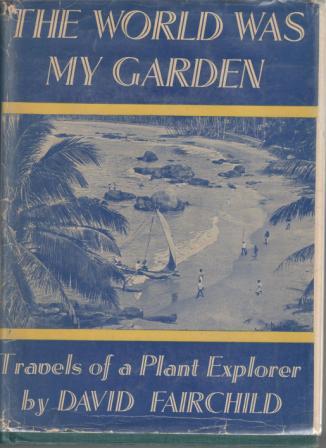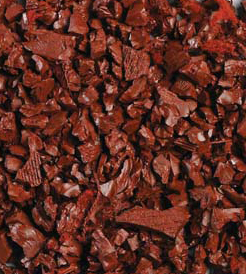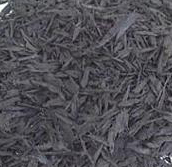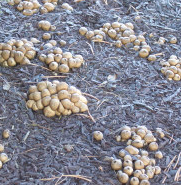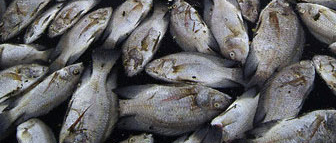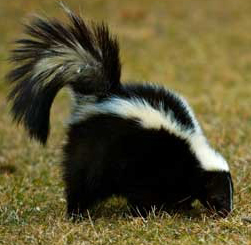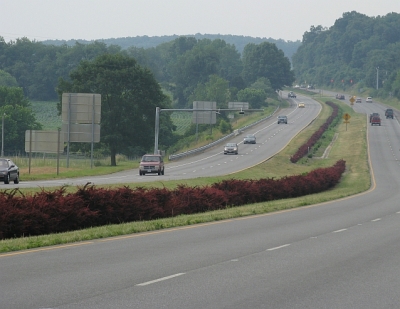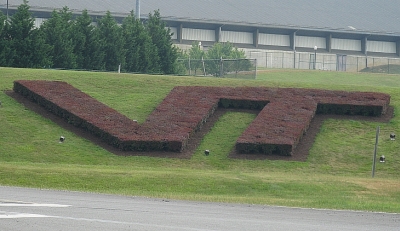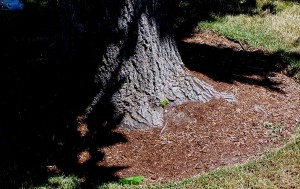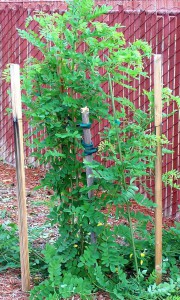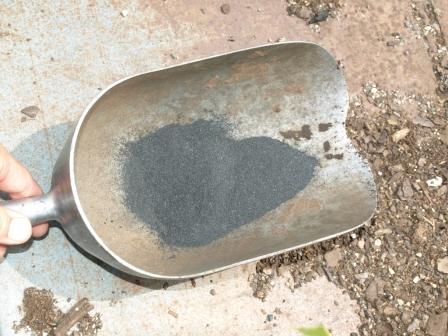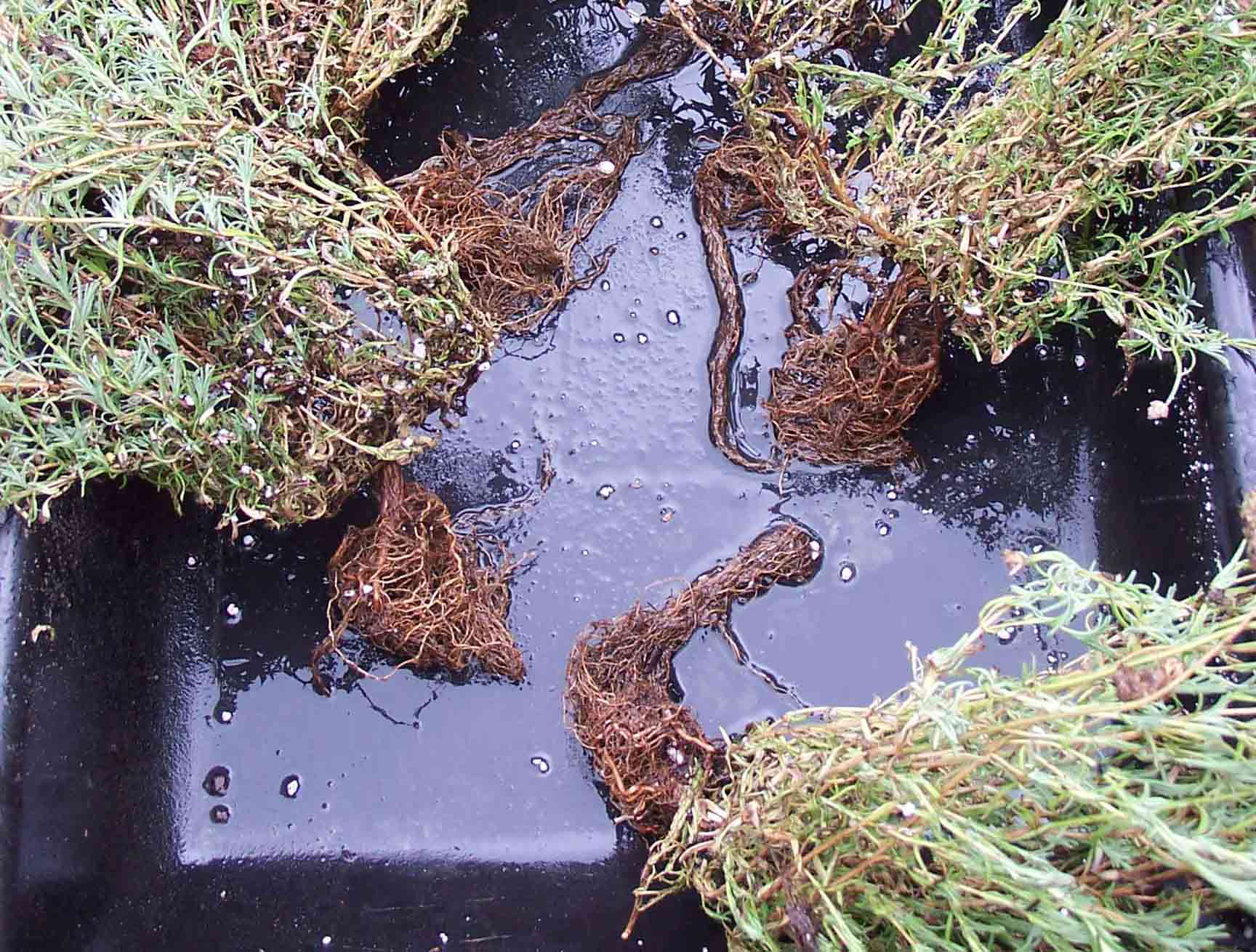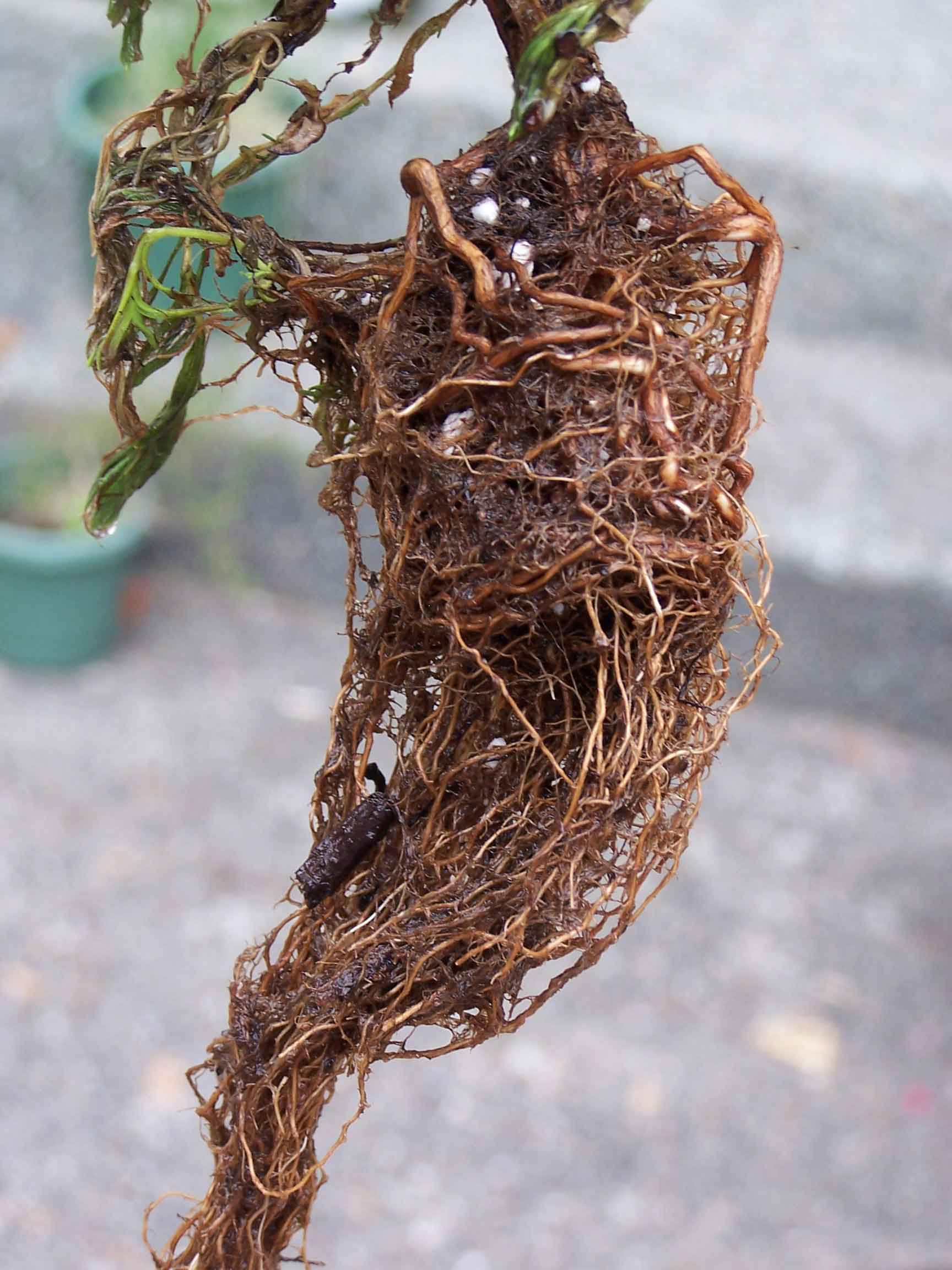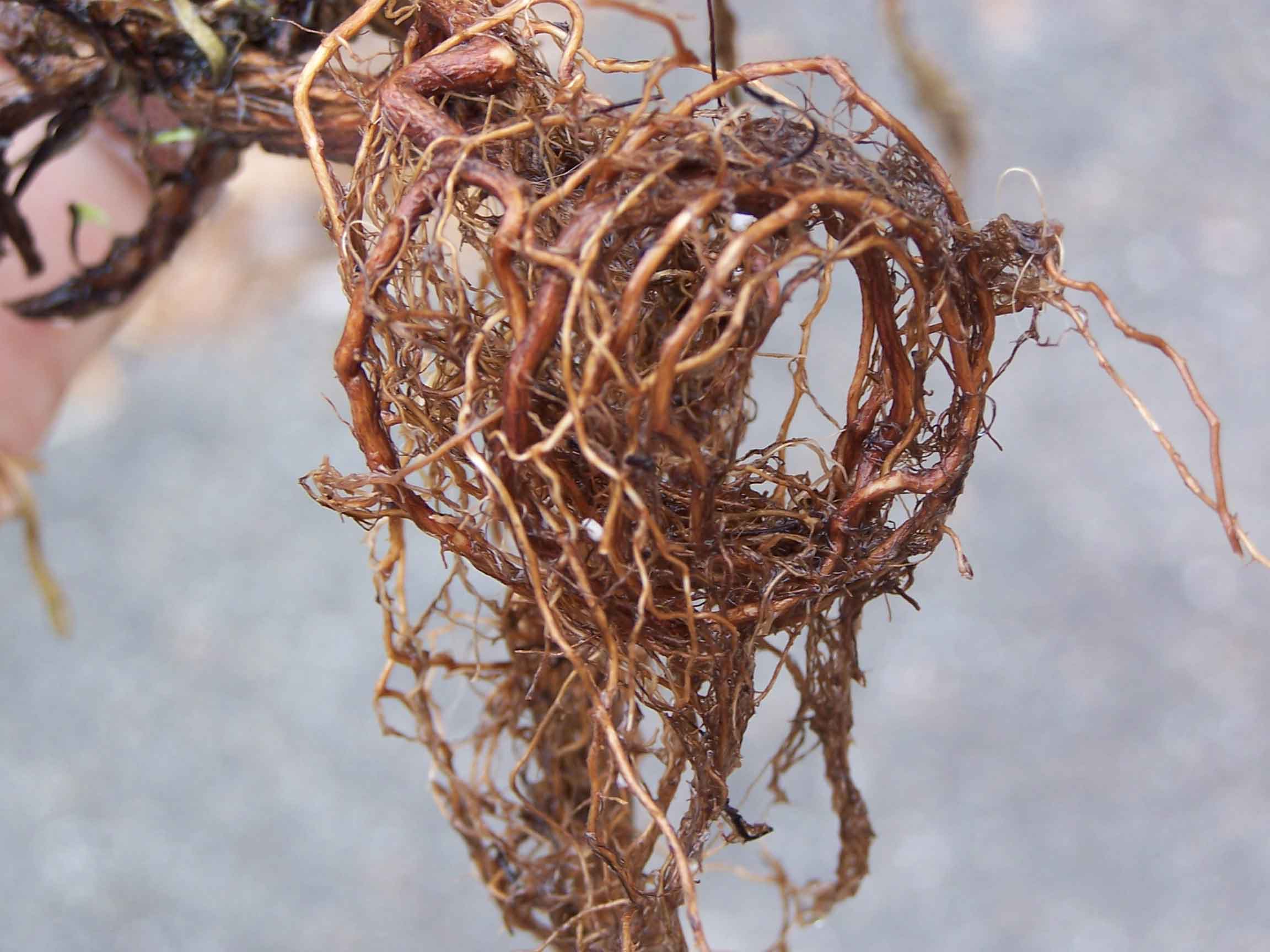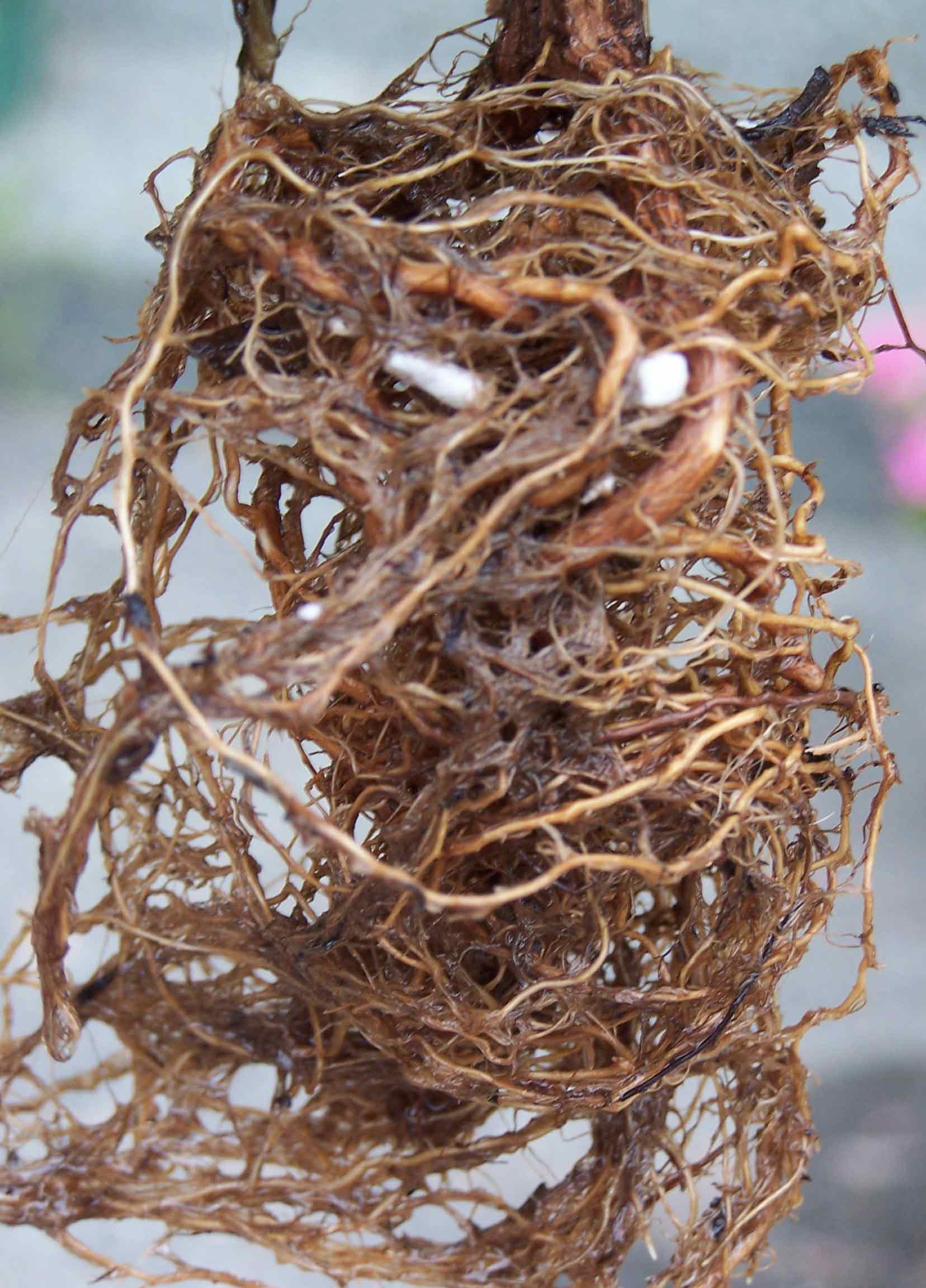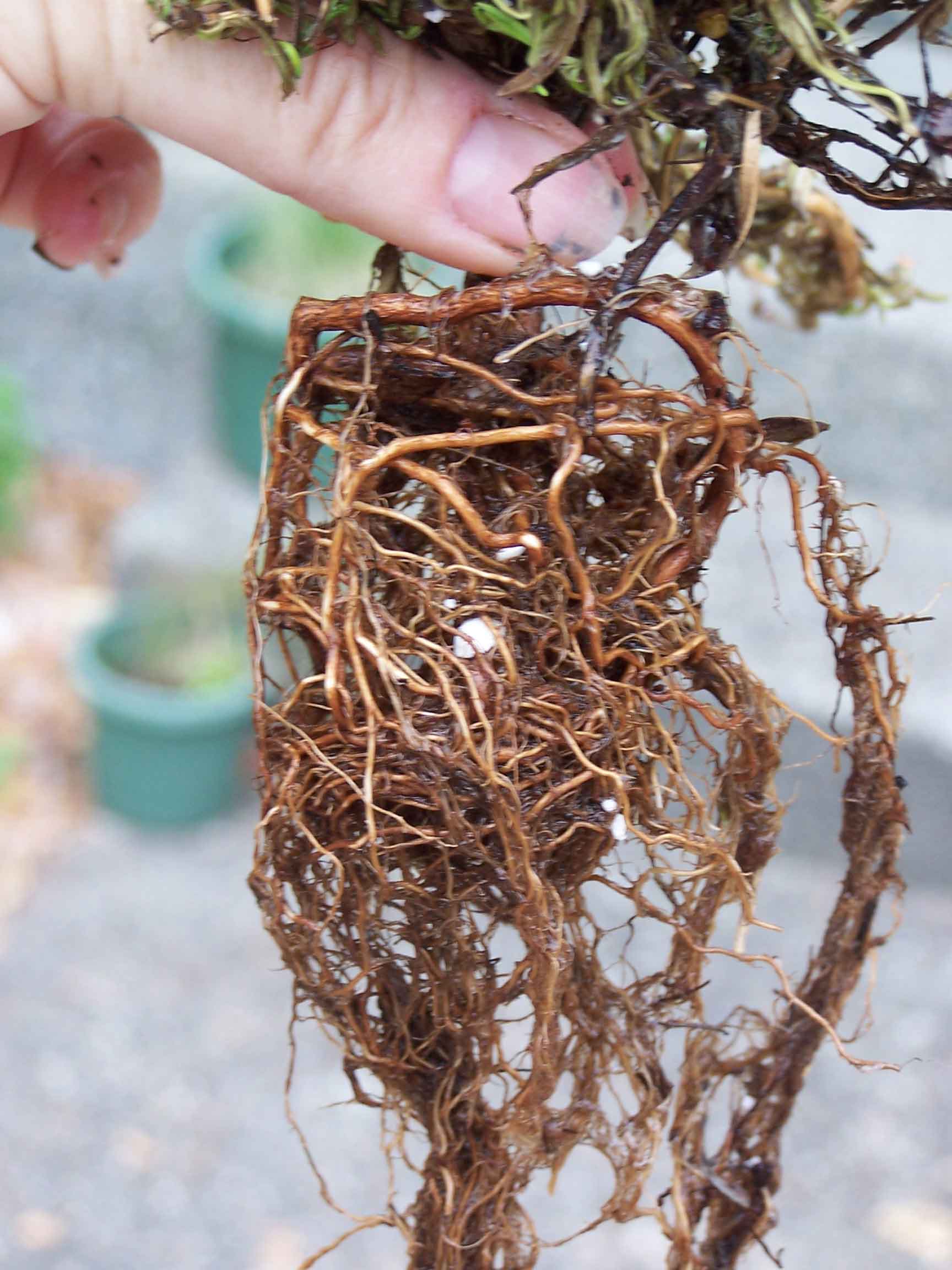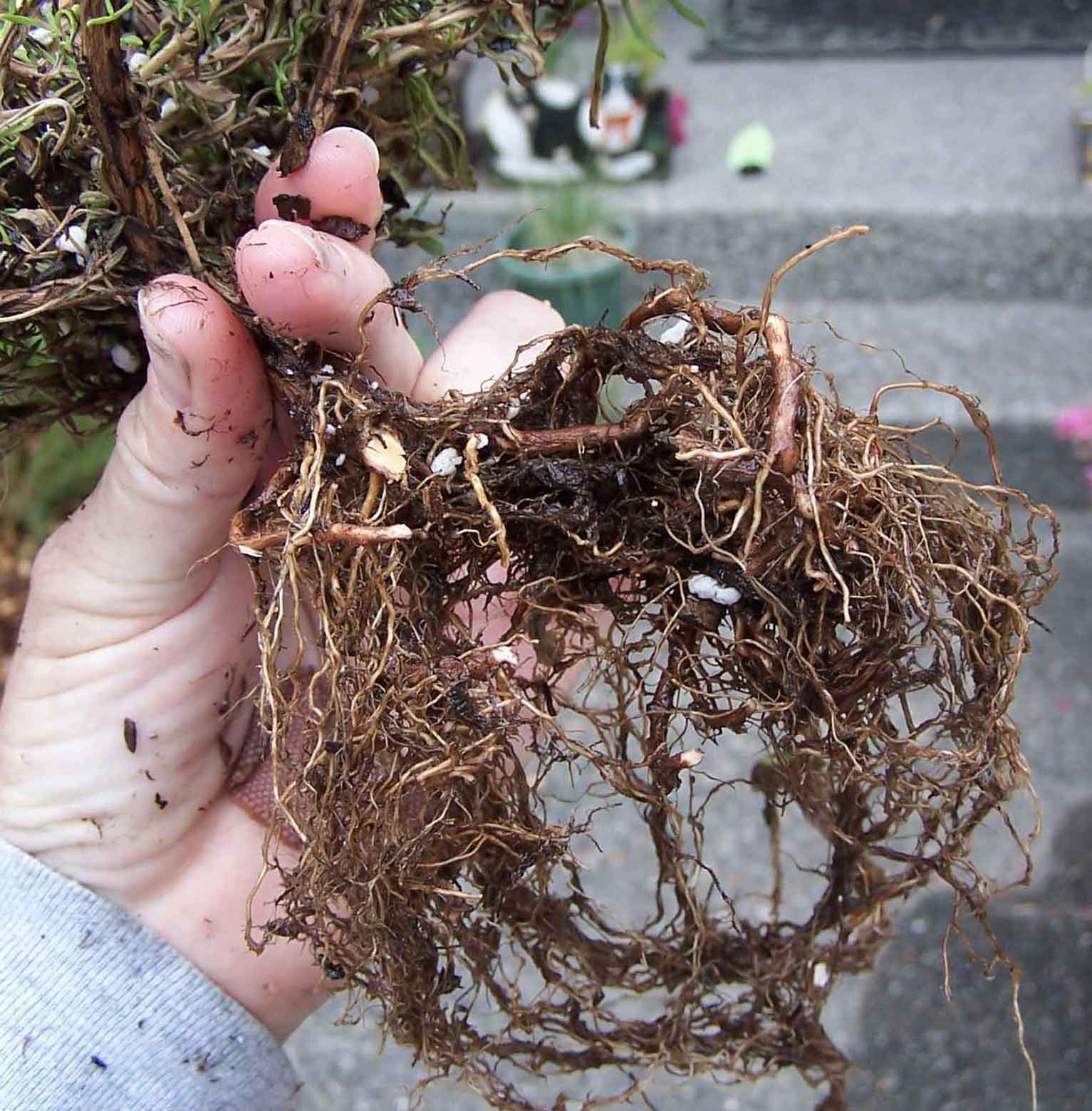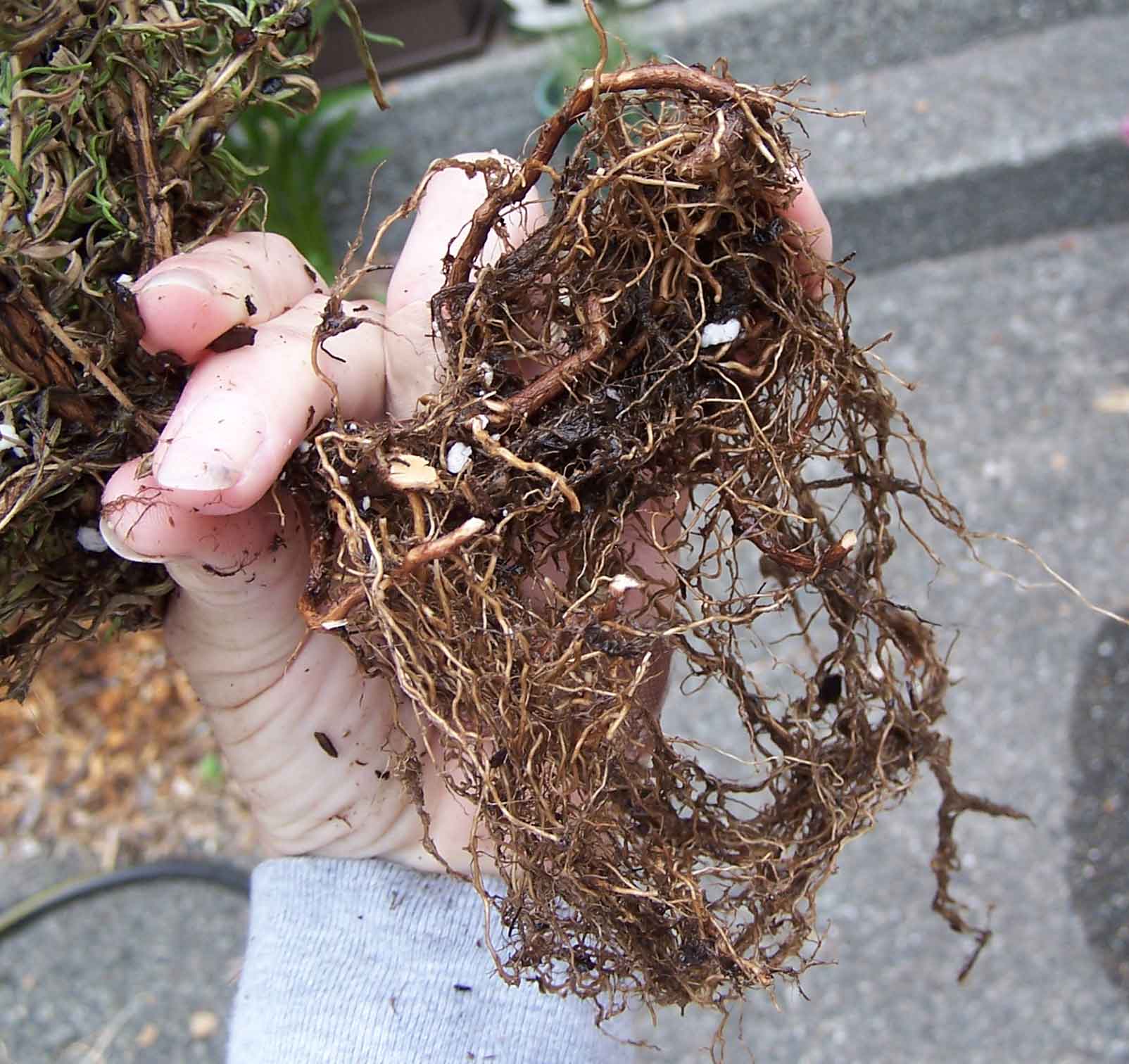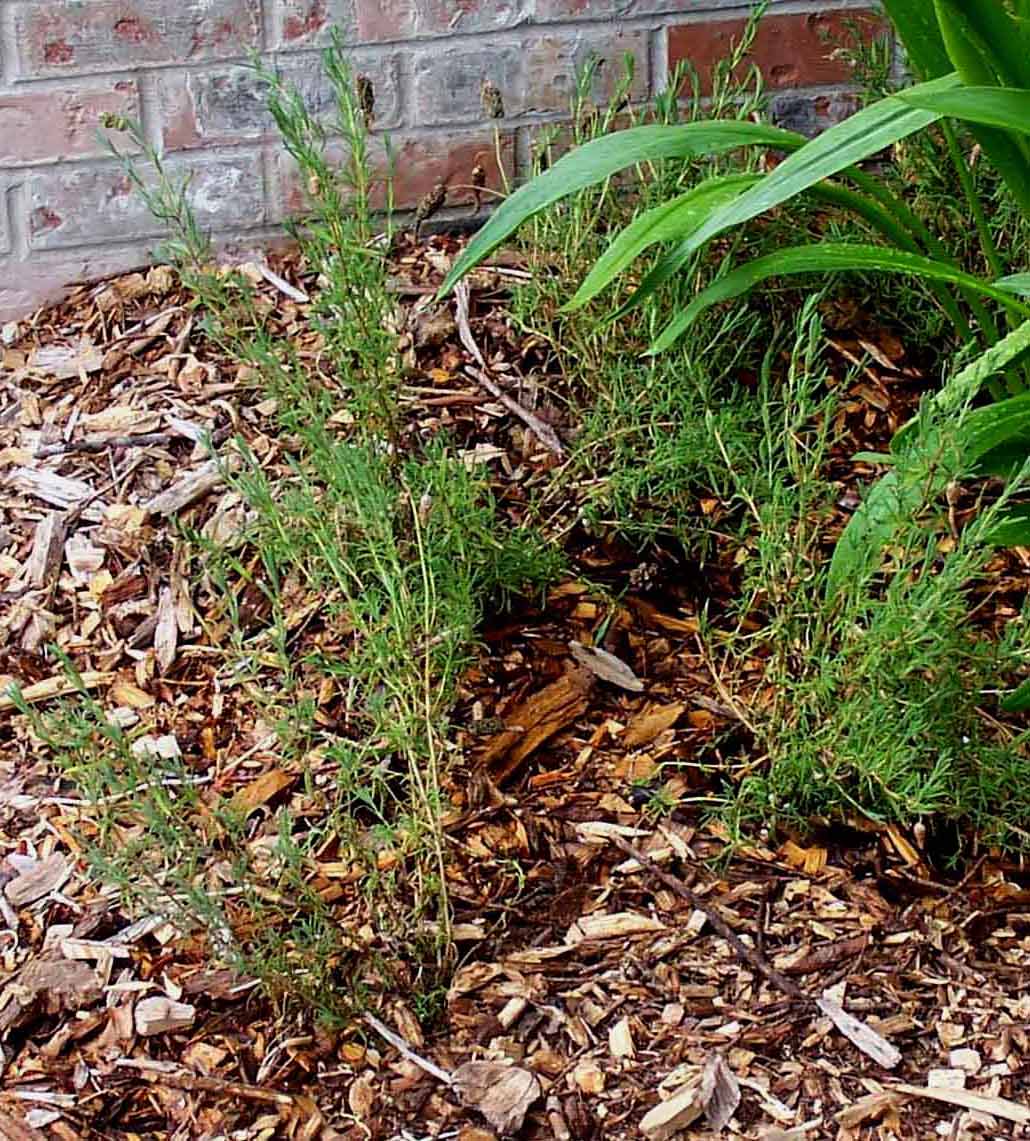A couple of weeks ago I was interviewed for the local paper about this year’s fall color. It’s pretty standard fare around these parts; newspapers, AAA, and so on want to know if we’re going to have good fall color, will it be early, will it last long. I mentioned to the reporter that we’re seeing a lot of early fall color in the maples around mid-Michigan, in contrast to the northern part of the state, which appears to be running a little late. The question of course, is why. I noted even though this summer was relatively cool, trees have been stressed the past several years and some pests, such as clearwing borers, that might not normally be major problems may be taking advantage of the situation. After the article appeared in the Lansing paper, it was picked up by the Chicago Tribune and USA Today (must’ve been a slow news day). Since then my volume of “What’s wrong with my tree?”calls and e-mails has skyrocketed. Depending on how busy I am I usually make an effort try to respond to homeowner calls. A few issues, such as tar spot on maple, can be diagnosed sight unseen; “My maple has little black blotches on the leaves that look like tar spots”. Most serious tree problems, however, require a site inspection in order to fully evaluate and diagnose the problem.
If callers and e-mailers really want to get to the bottom of their tree problems I usually tell them to contact a professional, certified arborist in their area. The International Society of Arboriculture (ISA) provides training and certification for professional arborists. In order to be certified, arborists must meet certification standards and take continuing training to maintain their certification. Being an arborist is a tough job. And the business of being an arborist is made tougher by the low barriers to entry. Anyone can buy a chainsaw, slap a magnetic sign on the side a pickup, and advertise himself or herself as a tree service. Quality, professional arborists have to pay for training, insurance, bonding, up to date equipment, and proper safety gear for all employees. It’s not a very level playing field. But for the client that is looking to save the oak tree that Grandpa planted when he moved into the house after the war, the knowledge and expertise of a professional is far preferable to the chainsaw of Joe’s Fly-by-night tree service.
To find a professional arborist in your area look in the Yellow pages under Tree Services and look for arborists that are ISA certified and insured. Also the ISA has a search feature on it’s website that enables homeowners to find an arborist based on their zip code.
